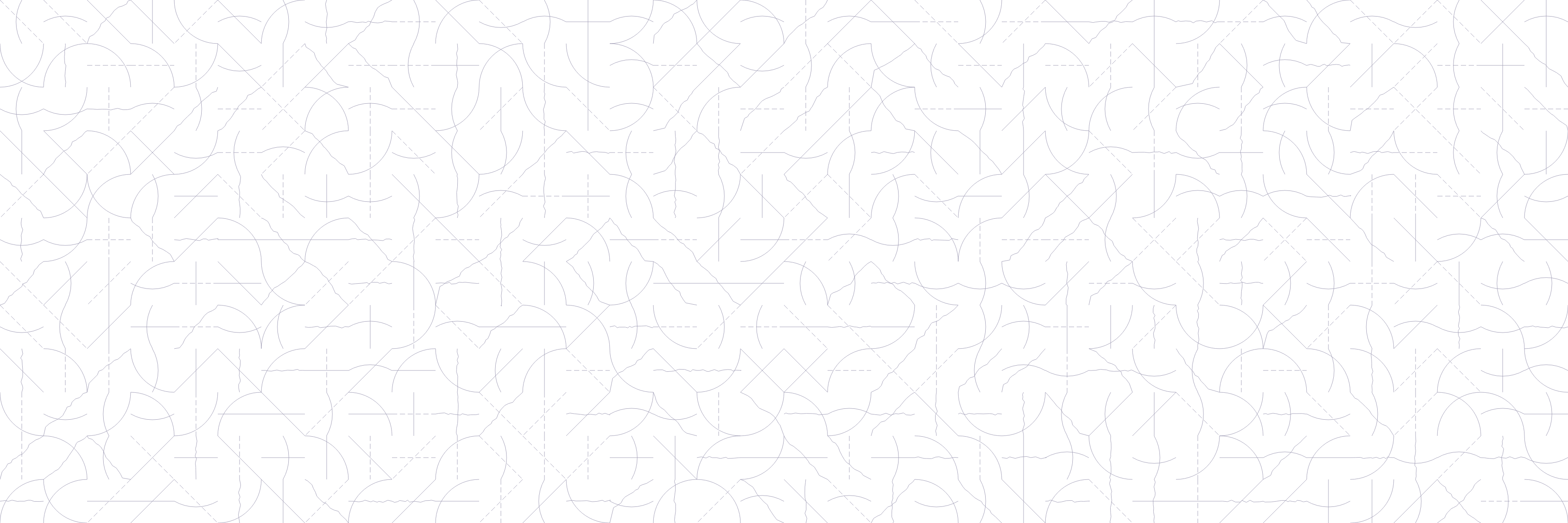Solving Sol
An open project to implement Sol LeWitt's instructions in JavaScript.
Sol LeWitt was an American artist often regarded as the founder of Conceptual and Minimal art. Some of his most famous works were wall drawings for which he only provided instructions:
Wall Drawing #65 (1971)Lines not short, not straight, crossing and touching, drawn at random, using four colors, uniformly dispersed with maximum density, covering the entire surface of the wall.
That's the art! He didn't actually execute the drawing himself.
The browser is our wall.
The instructions are simple and open to interpretation—and they're relatively straightforward to implement in the browser.
You can use any library you like, or write the graphics with raw JS or CSS. The file should be executable in a modern web browser.
To execute an instruction, please fork the repository and add your solution.
FAQs
How do I submit a solution?
Fork the repository, add your solution (i.e. 118/<github handle>/index.html), and submit a pull request. Where possible, use library files from a public resource, like cdnjs, instead of adding them to the repository.
What libraries should I use?
Paper.js, Easel.js, and P5.js are all great libraries, or you can simple write JavaScript that draws directly to a canvas tag (or SVG or CSS or anything you want—just support a modern browser).
What if someone has already solved the instruction I want to do?
That's ok! Make your own solution. The ambiguity of the instructions is part of the charm. You might have a different perspective or execution of the instruction.
What about all these measurements in the instructions?
The instructions frequently refer to wall dimensions (like a "six-inch grid") that don't translate well to the browser. Use your best judgment; it normally works to transfer the proportions to an average screen. If the instruction calls for 10,000 lines, though, your solution should have 10,000 lines.
More about Sol LeWitt
If you enjoy this project, you might like the wonderful Conditional Design Workbook.
Would LeWitt approve of this project? We think so...
In an interview, LeWitt was once asked, "How would you feel if someone executed a wall drawing of yours without permission but with care to follow the instructions and in an appropriate site?" To which he replied, "OK... It would be authentic [and] it would be a compliment."
